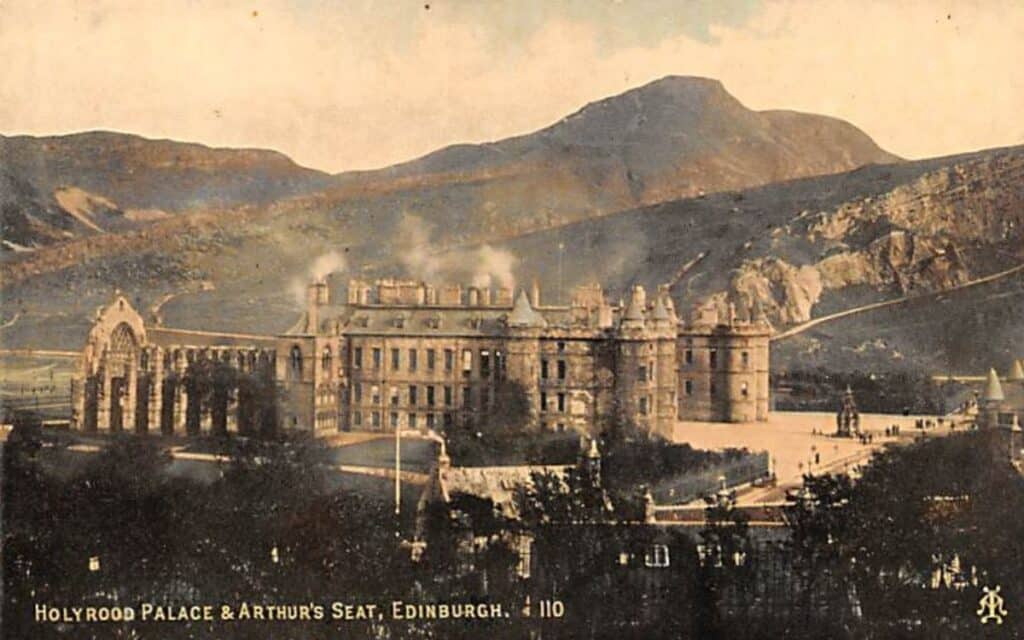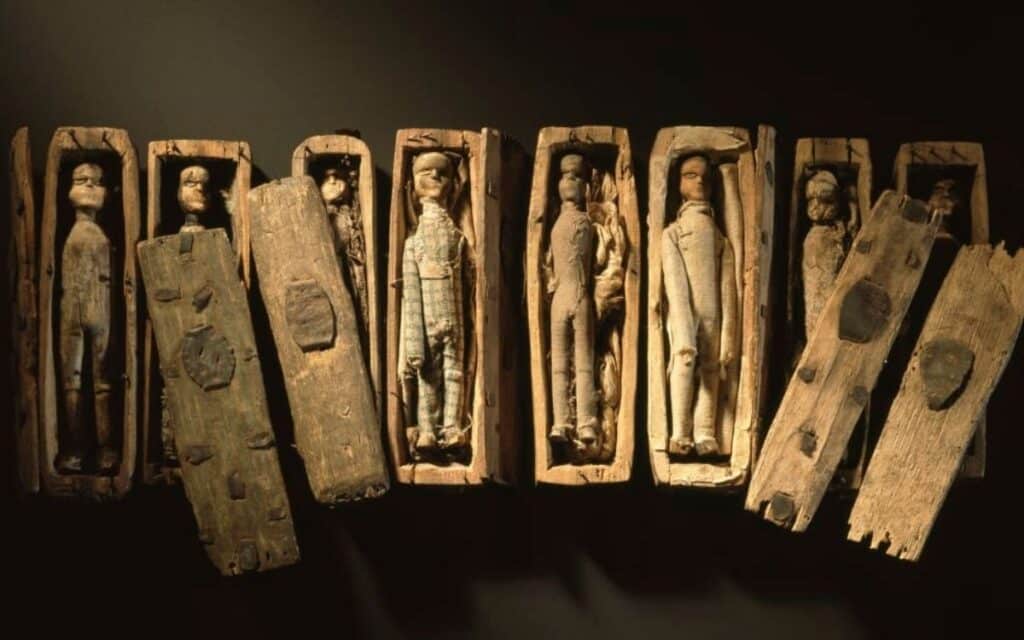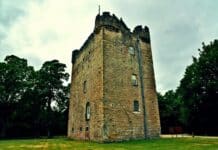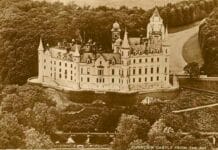The Arthur’s Seat Coffins are one of Scotland’s most enduring mysteries. CALLUM CAMPBELL takes a deeper look at what they might be…

In late June 1836, a group of young school boys made a discovery that would puzzle the minds of Scotland’s greatest archaeologists and still confounds us today.
While playing in the hill of Arthur’s Seat in Edinburgh, these children found a small cranny on the side of the hill. Here there was a set of makeshift shelves manufactured with slate sheets and on these sheets were a set of 17 miniature coffins each with a figure inside.
Although some coffins were broken by the children pelting them at each other and casually destroying a historic mystery, eight remain today and are kept at the National Museum of Scotland.
What are the Arthur’s Seat Coffins?
After the boy’s discovery some interested archaeologists recovered what was left of the find and soon enough Edinburgh’s top minds were conversing over this archaeological mystery.
They found that the set had likely been made by a shoemaker or leatherworker due to the materials and tools used and that they couldn’t have been buried for more than six years due to the dating. This information has prompted some interesting theories which I shall share with you here.
One theory suggests that these figures and their coffins are a way of remembering the victims of notorious body snatchers Burke and Hare.
These villans would murder innocents then sell their corpses to Dr John Knox who use them on the dissecting table. Before their reign of terror ended they had amassed 17 victims. 17 victims equals 17 original sets of coffins and figures.
Perhaps this was a way of laying these people to death as they would not get a proper burial.

This theory does have some problems, though, as 12 of Burke and Hare’s victims were women and all figures were dressed as men.
Another idea proposes that these effigies were used in magic rituals and served as something like voodoo dolls.
This was the main theory when the dolls were discovered and the news was awash with ideas of hocus pocus, witchcraft and devilry.
This idea lacks base evidence, however, and the dolls were found to have no marks or “injuries” which discounts the idea that they were “voodoo” dolls.
The next opinion is from a Scottish-American author who believes that the dolls are linked to the Radical War of 1820.
The Radical War was a series of protests and demonstrations from weavers and other workers who demanded better working conditions and rights. This would link in with the highly-probable likelihood that the dolls were made by a leatherworker or shoe maker.
He states that the dolls are a “coded memento” to remind people of the movement and suggest a new movement after the old one ended.
Our final theory is from the director of The Museum for Hamburg History, who came across the mystery and wanted to add his input.
He stated that there is a German custom of making model sailors in boxes as sailors believed the charms would bring them good luck at sea and prevent them from being swallowed by the waves.
Knowing this tradition he suggests that what was found was a stockpile of these charms ready to be sold to sailors heading out to sea.
It seems we may never know what the true purpose of these mysterious figures was but we can certainly enjoy speculating over them.
Have you seen the Arthur’s Seat Coffins in the National Museum of Scotland? Tell us what you think they were in the comments section below!
Watch Arthur’s Seat Coffins Video
CALLUM CAMPBELL is a determined writer who lives in Blantyre, Scotland, and enjoys reading, writing about the supernatural, weightlifting and cycling.







